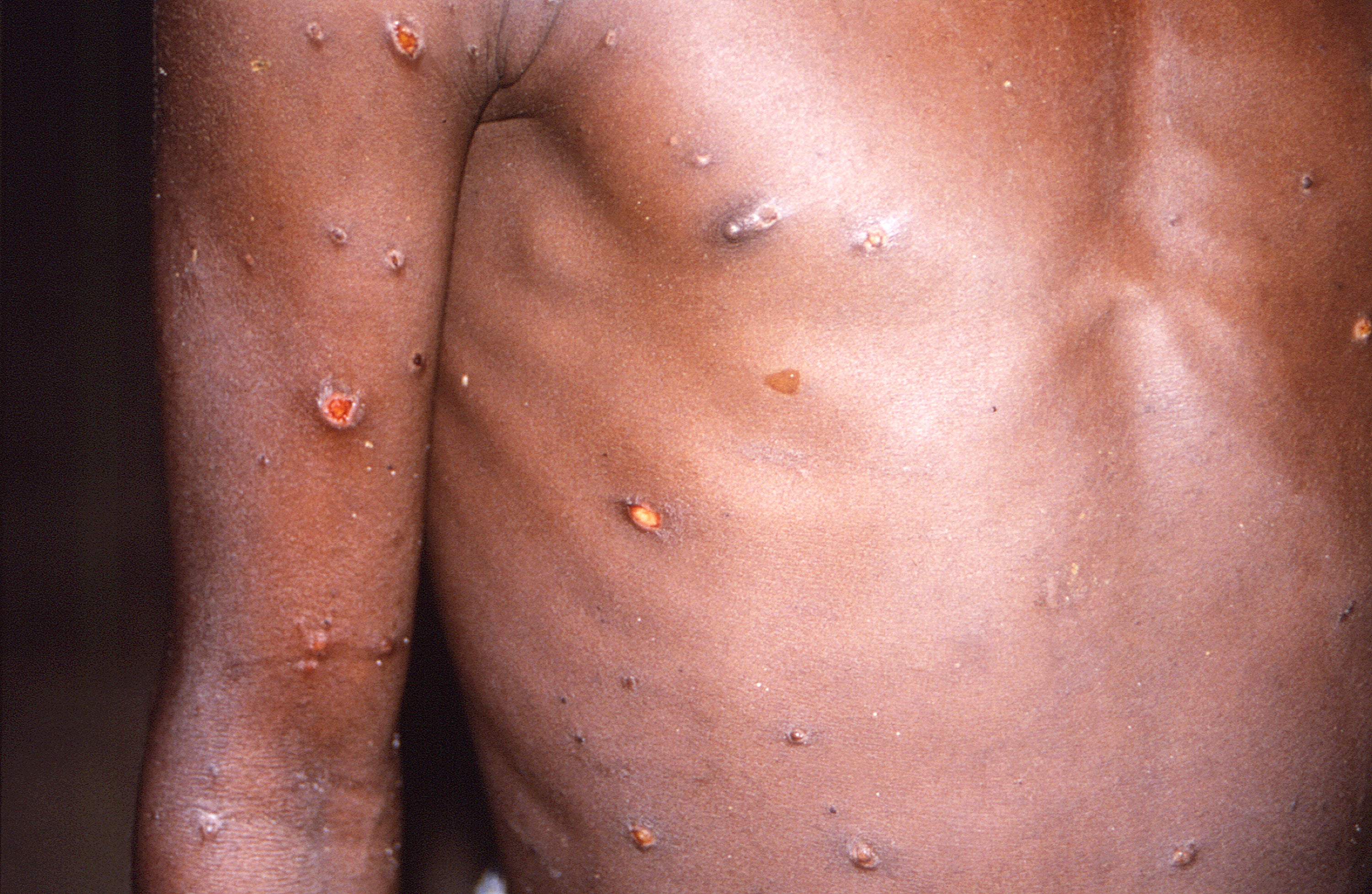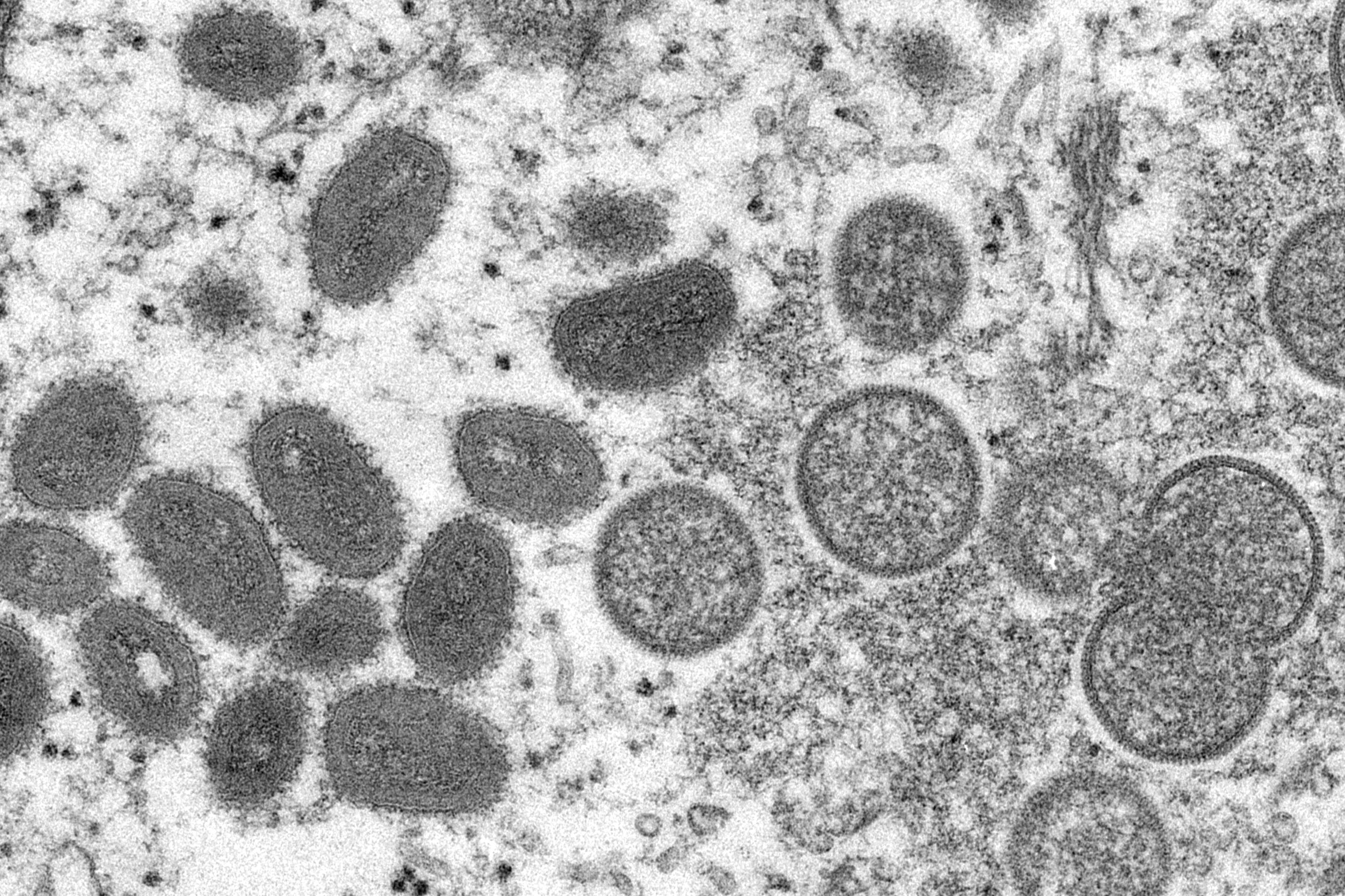Monkeypox: High-risk contacts of cases advised to self-isolate for three weeks and avoid children
Government has released new guidance with self-isolation periods for UK monkeypox cases
Your support helps us to tell the story
From reproductive rights to climate change to Big Tech, The Independent is on the ground when the story is developing. Whether it's investigating the financials of Elon Musk's pro-Trump PAC or producing our latest documentary, 'The A Word', which shines a light on the American women fighting for reproductive rights, we know how important it is to parse out the facts from the messaging.
At such a critical moment in US history, we need reporters on the ground. Your donation allows us to keep sending journalists to speak to both sides of the story.
The Independent is trusted by Americans across the entire political spectrum. And unlike many other quality news outlets, we choose not to lock Americans out of our reporting and analysis with paywalls. We believe quality journalism should be available to everyone, paid for by those who can afford it.
Your support makes all the difference.The UK government has released new guidance which says people with the fast-spreading monkeypox virus, and high risk contacts, should self-isolate for three weeks and avoid contact with children under 12.
Monkeypox is a rare disease caused by an infection with monkeypox virus that was previously rarely seen outside of west Africa.
But the outbreak is now said to be the “largest and most widespread ever seen in Europe”, where infections have surpassed 100.
Cases have now been confirmed in countries including the United Kingdom, Spain, Portugal, Belgium, France and Italy and Germany.

According to latest government advice, high risk individuals are urged to self-isolate for 21 days, including exclusion from work.
Those in the highest risk category include for people who have had direct exposure of broken skin or mucus membrance to a person infected with monkeypox.
This can include contact with people in your household, sexual contact or used needles.
People in this group are also being told not to travel and are advised to avoid contact with immunosuppressed people, pregnant women and children under 12.
The same guidance has been issued for people in the medium-risk category, which includes people who have had intact skin-only contact with a symptomatic monkeypox case, their bodily fluids or potentially infectious material.
For example, drivers and passengers in a shared car or taxi, people seated directly next to a monkeypox case on a plane, or someone who has had no direct contact but was within one metre of a symptomatic moneypox case without wearing personal protective equipment (PPE).
This category does not have to avoid work unless they work with immunosuppressed people, pregnant women or children under 12.
Symptoms
Patients at first suffer fever, headaches, swellings, back pain, aching and a general listlessness.
After the fever breaks, sufferers experience skin eruptions, with a rash that spreads across the face, followed by the rest of the body, particularly the palms and soles of the feet.
The rash may look like chickenpox or syphilis, and scabs form, which fall off after about three weeks.
The infectious lesions may be itchy or painful.

About one in 10 cases of monkeypox is fatal, according to the World Health Organisation (WHO).
The WHO has said it is holding daily monkeypox meetings as the virus continues to spread worldwide.
A spokesperson for the organisation told The Independent it is convening “a number of meetings related to monkeypox on a daily basis” involving experts from affected countries, the European Centre for Disease Prevention and Control, US Centres for Disease Control and Prevention and technical advisory groups.




Join our commenting forum
Join thought-provoking conversations, follow other Independent readers and see their replies
Comments